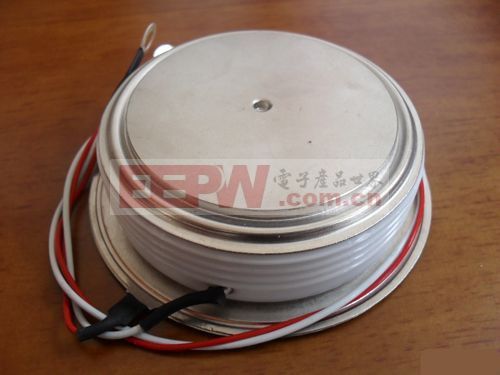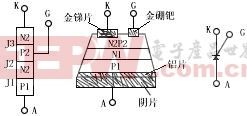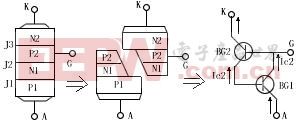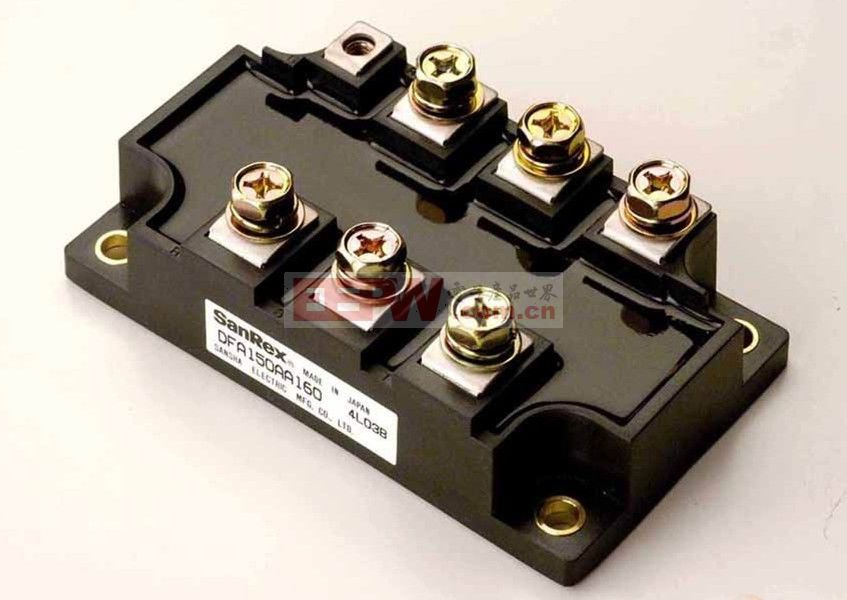Guide: SCR offers controllable rectification, inverter, frequency conversion, voltage regulation, and can be used as a non-contact switch. What exactly is the principle of thyristor? Let's dive into it. ~~~
First, the Principle of Thyristor – Introduction
SCR stands for Silicon Controlled Rectifier, commonly known as thyristor. It is a high-power semiconductor device with four layers and three PN junctions. The key feature of a thyristor is its ability to switch between on and off states. It has fast response time, high efficiency, and operates silently, making it widely used in various industrial applications.

Second, the Principle of Thyristor – Structure
The thyristor consists of a four-layer structure (P1N1P2N2), forming three PN junctions labeled J1, J2, and J3. It has three terminals: anode (A), cathode (K), and gate (G). The anode is connected to the P1 layer, the cathode to the N2 layer, and the gate to the P2 layer, as shown in the figure below.

When analyzing the thyristor’s operation, it can be viewed as two transistors connected in a feedback loop — one PNP transistor and one NPN transistor. This configuration helps explain how the thyristor turns on and remains in the conducting state once triggered.

Third, the Principle of Thyristor
In the diagram above, when a forward voltage is applied to the anode, both transistors (BG1 and BG2) are in an active state. A positive trigger signal is then applied to the gate, which allows base current (ib2) to flow through BG2. This current is amplified to ic2 = β2 × ib2 and then flows into the base of BG1, causing ib1 = ic2. This current is further amplified by BG1, resulting in ic1 = β1 × ib1. This process creates a positive feedback loop, leading to a sharp increase in current and eventually saturating the thyristor, allowing it to conduct.
A thyristor has only two operational states: on (conducting) and off (blocking). To turn on, the anode must be at a higher potential than the cathode, and the gate must receive sufficient forward voltage and current. Once conducting, the anode must remain at a higher potential than the cathode, and the anode current must exceed the holding current. To turn off, the anode potential must drop below the cathode or the anode current must fall below the holding current.

Understanding the SCR principle is essential for anyone working with power electronics, as it forms the basis of many modern control systems and switching applications.
open frame touch screen,multi touch frame,touch screen overlay kit,multi touch overlay kit
Guangdong ZhiPing Touch Technology Co., Ltd. , https://www.zhipingtouch.com